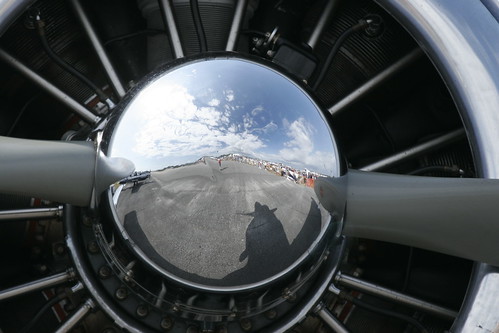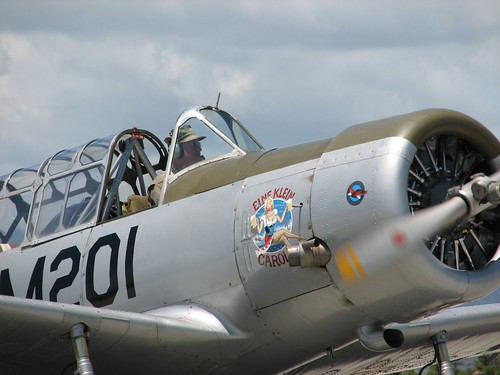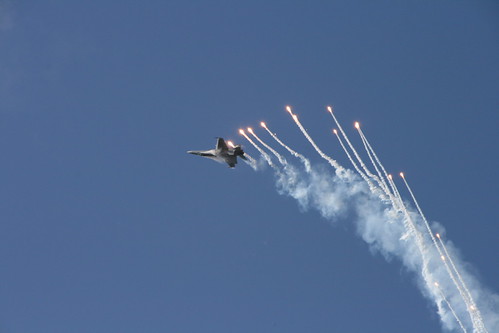
Starting out in aerial display photography means being able to handle the challenges of shooting fast moving objects, while ensuring that you can produce excellent exposures without losing action scenes. Most aerial display photography involves dealing with air shows and fly bys, but can also involve night-time events and stunts with fireworks. As a result, there are a range of different general approaches that can work well for getting the best shots. These approaches range from selecting the right lens and shutter speed, to knowing how to put yourself in the best position to get a good selection of different shots.
Some Basics
If trying to capture planes and other flying objects in an aerial display, it’s important to use a wider and longer lens that can capture different speeds. A zoom lens can similarly be used for more of a handheld effect. In most situations, however, a tripod, and a fixed focal length can ensure that you get as many shots as possible of overhead objects. In terms of shutter speed, not shooting slower than twice the average length of your lens is a good approach to ensuring a balanced series of shots.
Slower shutter speeds tend to work better for propeller aircraft, as they create a blurring effect around propellers, ensuring an impression of movement. By contrast, a 1/500 shutter speed is more suitable for faster jets, and is necessary for capturing them as they pass by overhead. Varying your shutter speed for initial shots, and experimenting with different kinds of displays and planes, will give you a clearer indication of the level of precision and movement that you want to capture.
What to Look Out For
When shooting an aerial display, it’s worth experimenting with a lot of different shots during the day, which can include taking shots of the crowd, and static aircraft. Doing so can create a good point of comparison for other shots. Similarly, you can adjust exposure levels and lenses to either blur out the background of a shot involving planes, or to create a sharp focus between moving objects and crowds. Automatic and continuous shooting settings can also be adopted for capturing a fly by, while a polarising filter can be used to try to capture a light trail.
Specific Events
Shooting at night, and for events that might also include stunts with fireworks, throws up some additional challenges. For night shooting, it’s best to have a low ISO, and to maintain a consistent shutter speed with a long exposure. Cable releasing shutters can be used with a tripod to ensure a balanced series of shots, and to avoid blurring. A mid to high aperture setting of between f/8 and f/22 s often useful for ensuring that you don’t overexpose when dealing with the bright lights of a fireworks. It’s worth setting up a manual focus before it gets dark, and playing around with different settings as the light changes. Most photographs of fireworks displays benefit from experimenting with different apertures, as well as from switching off image stabilisation on digital cameras to ensure that you don’t lose some of the colours and light trails of effects.
Rob James is an avid aviation fan. He recommends you buy display fireworks online with Dynamic Fireworks. He can be found blogging about many different photography techniques, and aerial displays.






1 comment
Very nice article! Greetings!